Designated a World Heritage Site in 2014, Erbil is one of the oldest settlements in the world, boasting a history that spans over 6,000 years, serving as a testament to the enduring spirit of humanity.
Situated amidst the arid desert of Iraq, the ancient citadel of Erbil stands like an oasis, encapsulating thousands of years of human history. Visitors here are transported back in time, retracing the footsteps of ancient civilizations, wandering through streets where generations have lived, loved, and built their communities.
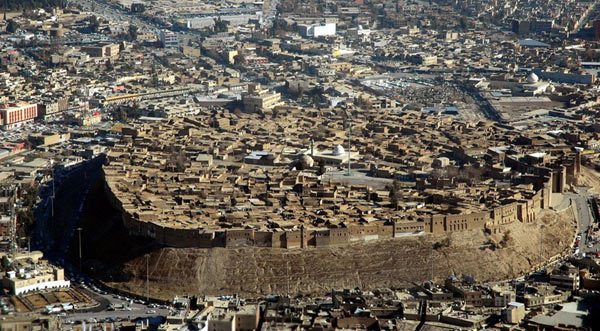
Although not widely known, the ancient citadel of Erbil is of particular interest to historians because it is the longest continuously inhabited settlement in the world.
The citadel of Erbil, located in the center of Erbil in the Kurdistan region of Iraq, is a testament to the long-standing history of human habitation. Much of Erbil’s history remains unclear, but there are numerous artifacts indicating that this ancient site has existed since 5000 BC.
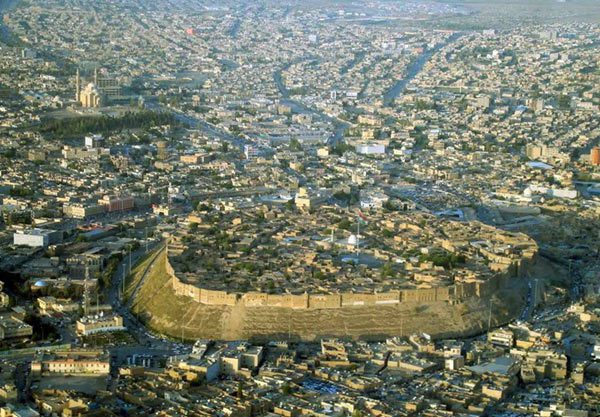
This citadel impresses with its unique geographical position: situated on a natural mound approximately 30 meters high. This land has been built upon by various civilizations over thousands of years.
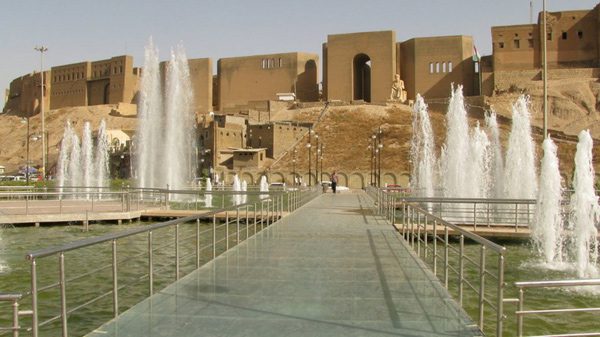
Since prehistoric times, the land on which the ancient citadel of Erbil sits has been blessed by nature with highly favorable conditions for human settlement. It is a plain near the confluence of two rivers with a stable rainfall pattern.
The ancient citadel of Erbil is not merely an archaeological site recorded in history books; it is a vivid testament to the persistent and resilient spirit of humanity. The image of buildings, narrow alleys, and winding roads creates an ancient landscape, rich with the marks of time.

Hunting-gathering communities settled here around 9,300 BC. This was followed by the era of the Hassuna culture, approximately 7,000 BC. By 1,400 BC, the ancient citadel of Erbil had become one of the most important cities of the Assyrian Empire.
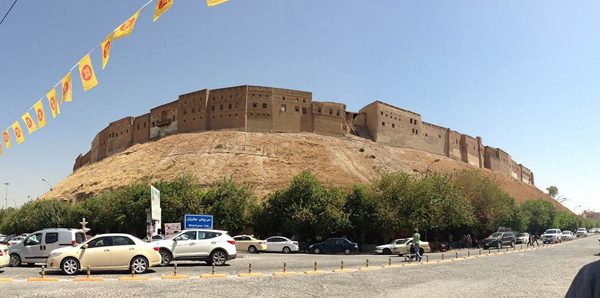
The Assyrian Empire fell after a siege in 612 BC. Subsequently, the Persians took control of this land. However, 300 years later, in 331 BC, the Persian Empire ceded control of Erbil to the Greek dynasty of Alexander.

A millennium later, the Ottomans swept through the region, defeating the Abbasid dynasty – the Sunni Muslim dynasty in central Iraq. In 1918, the Ottoman Empire collapsed. British forces entered the city without encountering any resistance, marking the end of a long historical era and the beginning of modern Iraq.
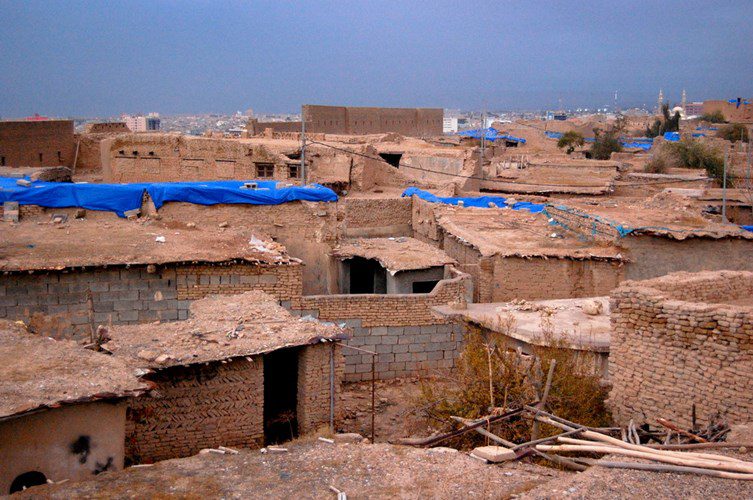
In the 20th century, amid severe political upheaval, the ancient citadel of Erbil became home to around 1,000 Kurdish families, with makeshift shanties interspersed among grand ancient ruins.
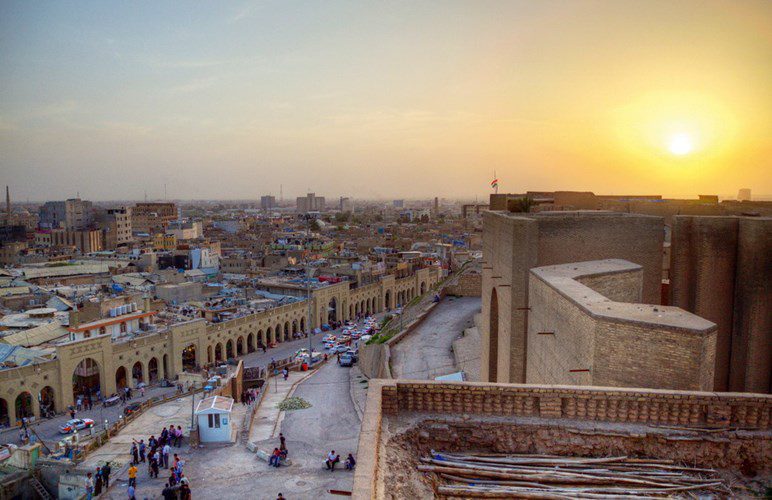
In the 2000s, limited-scale archaeological excavations took place here. Preliminary excavation results suggest that the ground beneath the ancient citadel of Erbil conceals a priceless treasure of human civilization.
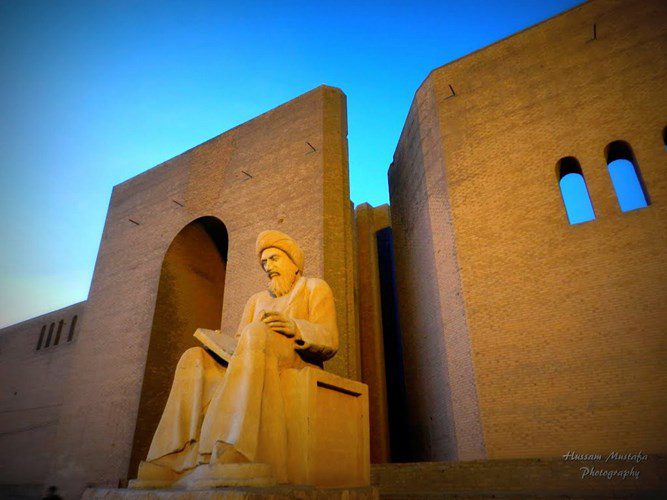
The most famous artifact here is the statue of Mabarek Ahmed Sharafaddin from the 12th century. However, many more impressive artifacts could be discovered if excavation efforts were expanded.
Despite centuries of turmoil and change, this place continues to be home to a vibrant community. Currently, the population here is approximately 1.3 million people, primarily Kurdish.
Walking through the narrow streets allows visitors to explore traditional houses, markets, and cultural landmarks, all of which contribute to the richness of daily life within the walls of this ancient citadel.
Recognizing the cultural significance and historical value of the citadel, many efforts have been made to preserve and protect this unique site.
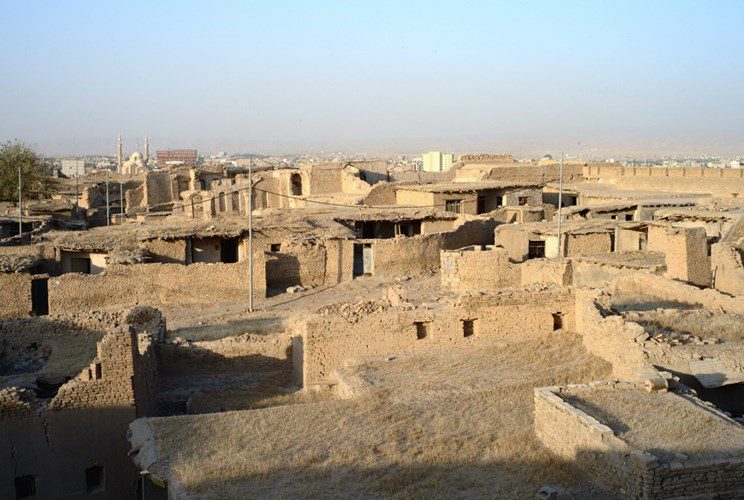
The ancient citadel of Erbil was recognized by UNESCO as a World Heritage Site in 2014, receiving international acknowledgment of its importance in understanding human history and cultural evolution.





















































